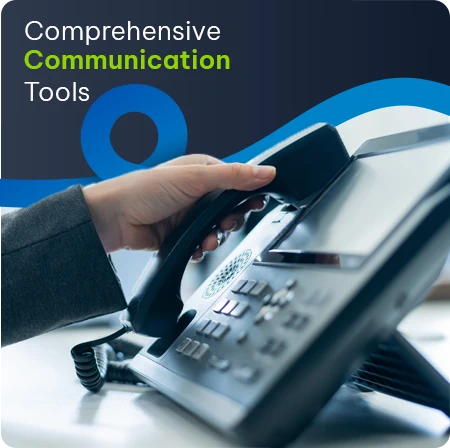It’s not a position you ever want to find yourself in, but despite every precaution, cyber incidents can and will happen. Which is why you’ll need EDR
As we’ve made clear over the last three weeks, when it comes to cybersecurity, prevention will always be better than cure. There’s no denying the facts though. And the fact is, in our new world of hybrid work, your network is only going to grow bigger and more complex, with multiple (vulnerable) endpoints in need of protection.
For most companies, experiencing a cyber incident isn’t a case of ‘if’, but ‘when’. And, when all else fails, there’s no better feeling than knowing you have EDR (Endpoint Detection and Response) in your arsenal.
Endpoint Detection and Response Offers Smarter Cybersecurity
There’s always going to be a place for anti-virus solutions when it comes to protecting endpoints, but as threats continue to evolve at the pace they do, cyber protection needs to go one step further. A multi-faceted solution, EDR covers everything from data and behaviour analysis to monitoring, threat detection and, most importantly, threat response.
Traditional anti-virus is designed to passively detect and contain known threats. As cyber threats evolve on a daily basis, anti-virus needs to be continuously updated to combat every available threat as they become known.
But EDR attacks the problem proactively. Thanks to integrated machine learning and the option of management detection and response, EDR works to prevent the spread of infection from file-based malware while also stopping advanced attacks in real-time and automatically remediating incidents.
With zero-day attacks – where previously unknown vulnerabilities are immediately exploited – on the rise, corporations can’t afford to wait the current average of 280 days to find and resolve a breach.
EDR is designed to flag and question any type of suspicious behaviour within your network, whether they’ve already been identified as viruses or not.
So, while zero-day attacks and polymorphic (or mutating) malware have been developed to evade detection by traditional anti-virus solutions, EDR not only knows which questions to ask to discover these threats within your system but also provides multiple options for dealing with them both pre- and post-infection – including kill, quarantine, remediate and rollback.
The Armata Approach to EDR
Again, as we’ve stressed over the last three weeks, it’s always better to create an environment immune to cyberattack – this starts with User Awareness Training and moves onto Penetration Testing and Vulnerability Management. As an outer layer of defence, EDR not only helps reinforce your prevention strategy, but should the worst happen, it also allows you to take action against cyber threats in record time.
When it comes to incident response, our EDR solution uses tailor-made playbooks with cross-environment insights to orchestrate operations and streamline the whole process. This allows you to roll back malicious changes automatically or manually by already-contained threats on a single device, multiple devices or your environment as a whole.
Thanks to our Incident Response functionality, which captures images of an endpoint at various times for re-imaging to a previous sound state, should your data ever be held hostage via ransomware, you needn’t worry about not getting it back. With EDR in place, you’ll be able to roll back with ease.
Armata EDR also allows you to collect and interpret raw data from all available endpoints to create metadata for analysing how a previous attack occurred and how to mitigate future attacks from occurring as a result.
Which is all to say, with Armata, the power is in your hands.












